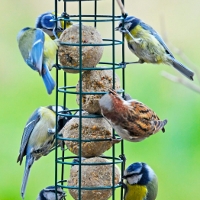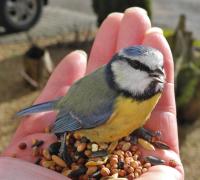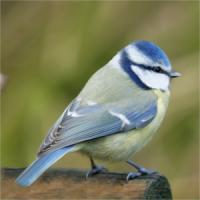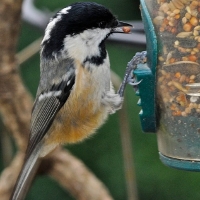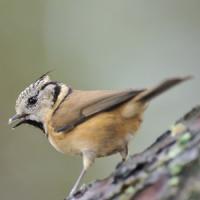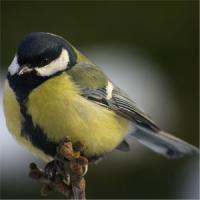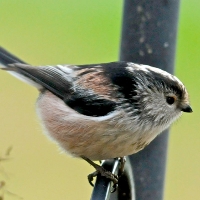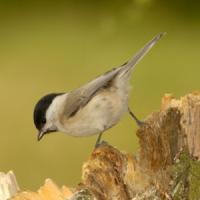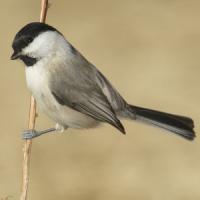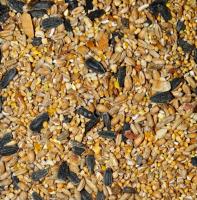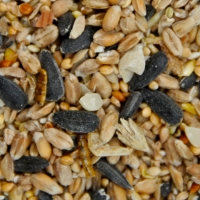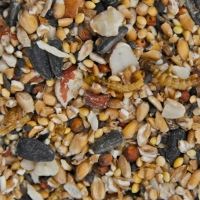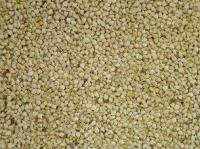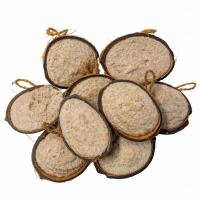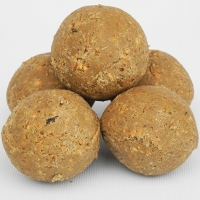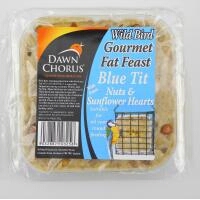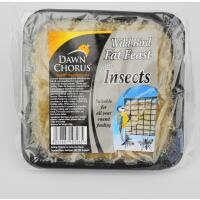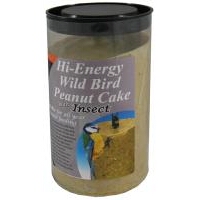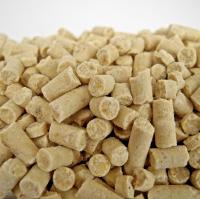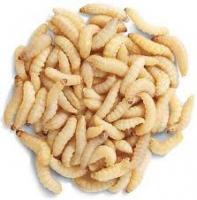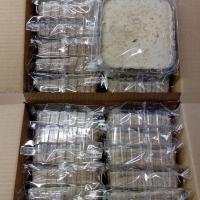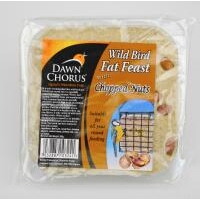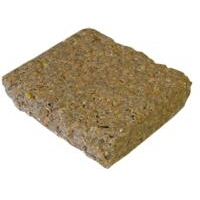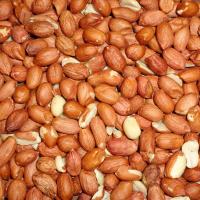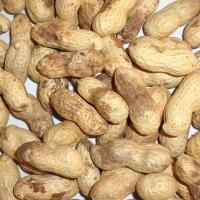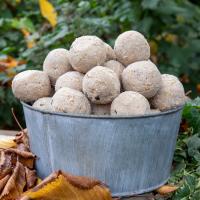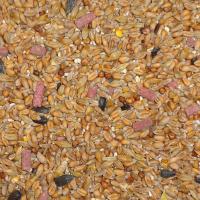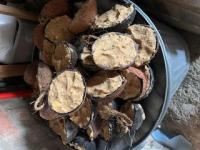- Home
- FAQs
- Customer Video Gallery
- Customer Photo Gallery
- Bird Facts
- Bird Food Blog
- Bird Information
- Feeding Advice
- Small Animal Information
- A to Z of Guinea Pigs
- A to Z of Hamsters
- A to Z of Rabbits
- Basic Care for Guinea Pigs
- Basic Care for Hamsters
- Basic Care for Rabbits
- Basic care for Chinchillas
- Basic care for Ferrets
- Basic care for Gerbils
- Basic care for Mice
- Basic care for Rats
- Buying a Healthy Small Animal
- Does your Reptile need a Licence
- Equipment for Ferrets
- Equipment for Hamsters
- Equipment for Mice
- Equipment for your Chinchilla
- Equipment for your Gerbil
- Equipment for your Guinea Pig
- Equipment for your Rabbit
- Keeping a House Rabbit
- Dog Information
- Cat Information
- Customer Information
- Fat Balls
- Suet Pellets
- Straights
- Seed Mixes
- Suet Treats
- Mealworms
- Bird Feeders
- My Account
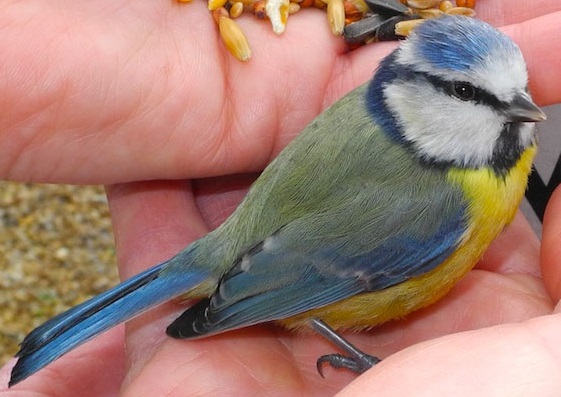
| Scientific Name | Cyanistes caeruleus |
| Breeding | mid-April |
| Fledge Days | 18-21 |
| Incubation Days | 13-15 |
| Lifespan | 3 years |
| Number of Clutches | 1-2 |
| Number of Eggs | 8-10 |
| Size | 11.5cm |
| Weight | 8 -10g |
| Wingspan | 17.5-20cm |
Bird Family : Tits
Blue Tit Facts - Information About Blue Tit
(European) Blue Tit - Cyanistes Caeruleus
The Blue Tit is probably the best known of the Tit family; it is a very common sight in our gardens and will visit bird feeders and tables frequently. If you put peanut feeders in the garden you won’t have to wait long before these little fellas come along. They will also nest happily in manmade boxes.
Identification:
Adult
- The Blue Tit is a well known and easily identifiable British breeding bird, sexes are very similar.
- Tits are small birds ranging from 10cm (Coal Tit) up to 15cm (Great Tit) Blue Tit is about 11.5cm.
- Tits are common garden birds and will visit garden feeders regularly throughout the year.
- Blue Tits are busy, hyperactive little birds.
- Upperparts; tail and wings are a pale blue grey, (more blue than Great Tit), wing shows a single white wingbar and white tips to the tertials.
- The back and mantle is a greeny blue colour.
- The head is predominantly white with a dark blue collar, dark blue chin and black eyestripe.
- It also has a blue cap which varies in intensity between males and females, males brighter.
- The underparts are bright yellow and it shows a weak central belly stripe which is black.
- This stripe can be difficult to see at times, the undertail is paler yellow.
- In females the plumage is a little duller and the cap not as bright.
- The bill is black, short and fragile looking, legs are dark grey and eyes are black.
Juvenile
- Juveniles appear from the end of April onwards and look like a washed out adult.
- The young birds lack the strong colours of the adult and look predominantly a washed dull yellow.
- The youngsters lack the adults full collar and dark chin, the head is yellowish rather than white.
- Back and mantle are similar to adults but duller, wingbar yellowish and the cap greyish green.
- Bill and eyes are black, legs are dark.
Status and Distribution
The Blue Tit is a very abundant breeding resident in the UK with over 3.5 million pairs. The Blue Tit occurs in all counties throughout the UK and Ireland. Blue Tits are happy to nest in manmade nest boxes, these should be placed 2-4 metres up and facing North/East. This will protect overheating from direct sunlight from and the rain that predominately comes from the West.
Habitat/Food
Blue Tits occur in all habitat types throughout the UK, woodlands, parks, gardens, farmland, hedgerows indeed any open country habitat with suitable scrub.
In the garden Blue Tits love peanuts, insects, seed mixes, mealworms, Gourmet Blue Tit Fat Feast, suet and fat balls, they are not to fussy and will happily take whatever is on the bird table.
Song/Call
Blue Tits have a huge vocabulary of call notes; most often is a buzzy, descending ‘see-see-sedoo’ which is repeated, alarm call is a rattle like ‘ der.r.r.r.r.r.r.r.ek.k.k’
Song is a loud repeated trill, again buzzy and high pitched, not dissimilar to its call but drawn pout….’seee seee seee sewwerrr‘
The following food is favoured by Blue Tit




